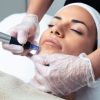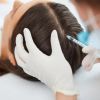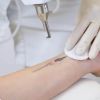PRP (Platelet Rich Plasma)
PRP (Platelet Rich Plasma)
PRP is an abbreviation derived from the initials of the treatment method called 'Platelet Rich Plasma.' Platelet refers to thrombocyte. Thrombocytes are cells produced in the bone marrow and, after entering the bloodstream, play a primary role in clotting. When there is any trauma, cut, or damage in the body, thrombocytes travel to the damaged area, release their growth factors, and play a significant role in wound healing, tissue repair, and regeneration. In aesthetic dermatology, the reparative properties of thrombocytes are utilized for skin and hair treatments.
Before the procedure, a small amount of blood is drawn from the patient, and after the centrifugation process in special tubes, the portion rich in thrombocytes is obtained. This content is called PRP. When injected into the desired area, PRP promotes cellular renewal due to its contained growth factors. The skin gains firmness, fine wrinkles are reduced, skin tone becomes more even, pores shrink, and a more dynamic and youthful appearance is achieved. The effect begins within an average of 3-12 weeks.
For what purposes is PRP applied?
PRP is used in the treatment of hair loss, pigmentation issues, skin rejuvenation and repair, pore tightening, and the treatment of acne and acne scars.
How is PRP applied?
After obtaining the content by processing the blood of patients, it is injected into the desired treatment area using special injectors. Since anesthetic cream is applied to the area to be treated 15-30 minutes before the procedure, the pain is minimal. Although the feeling of tightness and brightness on the skin is immediately noticeable after the PRP procedure, the desired effectiveness occurs after the 2nd month.
How many sessions of PRP should be done?
Optimal results are obtained after the 3rd-4th session, performed every two weeks. Afterward, it can be continued with monthly applications.
How long does the PRP procedure take?
The overall process, including blood collection, centrifugation, and the procedure, takes about 30 minutes.
The overall process, including blood collection, centrifugation, and the procedure, takes about 30 minutes.
What should be considered after the PRP procedure?
It is recommended to avoid water contact for 24 hours and use sun protection after the procedure.
PRP has no side effects as it is composed of our own cells. PRP can also be applied after laser and gold needle procedures, enhancing the effectiveness of the treatments and helping to soothe the skin.





